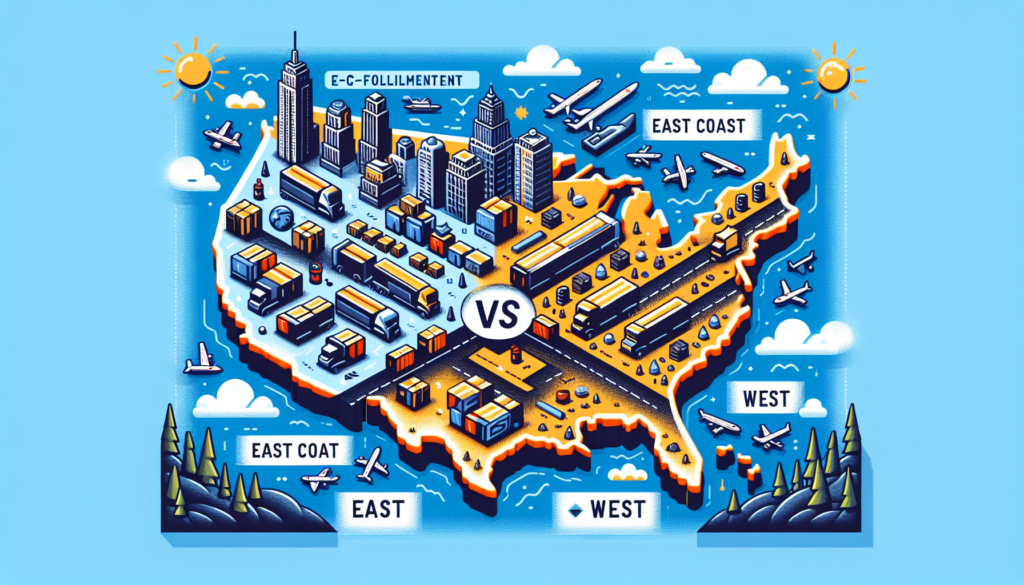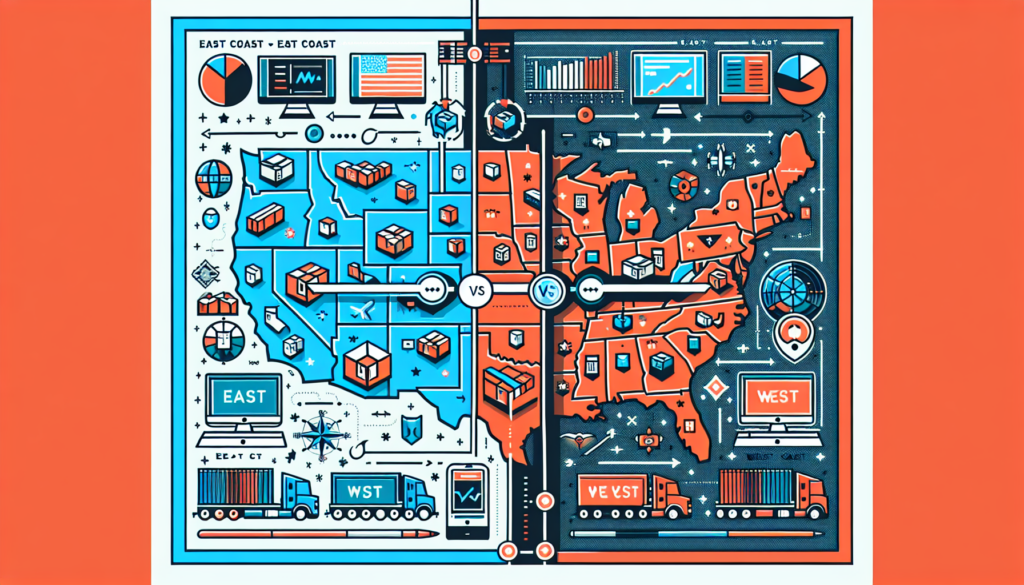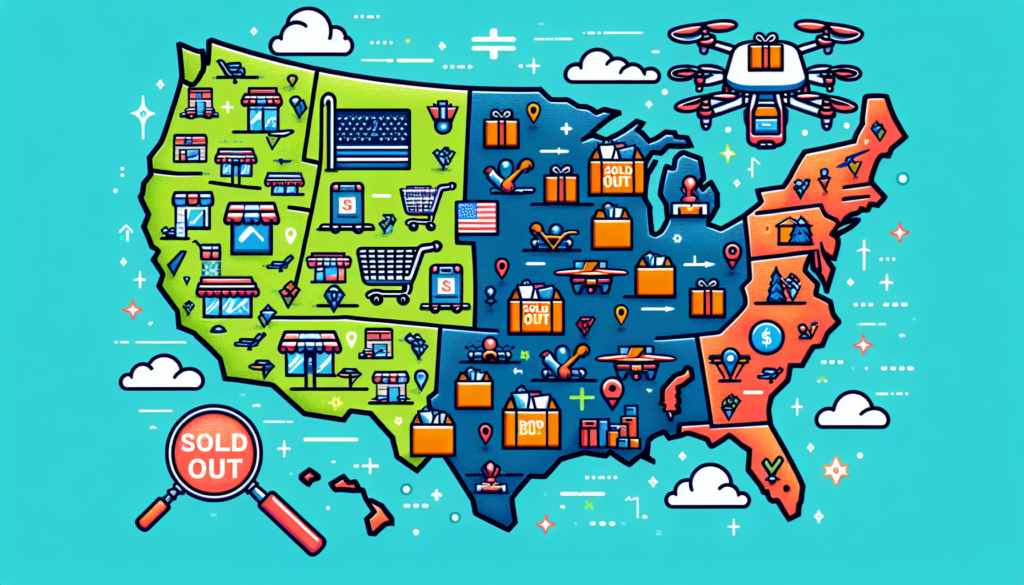From NYC to LA: Analyzing the Contrasting E-Commerce Fulfillment Approaches on the Coasts
[ad_1] From NYC to LA: Analyzing the Contrasting E-Commerce Fulfillment Approaches on the Coasts When it comes to e-commerce fulfillment, the approaches taken on the East Coast versus the West Coast can be quite different. In this article, we will delve into the contrasting strategies used by businesses in New York City and Los Angeles to fulfill orders and meet customer expectations. New York City, with its bustling streets and fast-paced lifestyle, is home to a wide array of e-commerce businesses. These businesses often face the challenge of fulfilling orders in a timely manner due to the high demand and competition in the city. As a result, many companies in NYC rely on third-party logistics providers to handle their fulfillment needs. On the other hand, Los Angeles, with its sprawling landscape and vast network of highways, offers e-commerce businesses a different set of advantages and challenges. Many companies in LA have chosen to keep their fulfillment operations in-house, allowing them to have more control over the process and cut down on shipping costs. One of the key differences between the e-commerce fulfillment approaches on the East Coast and the West Coast is the emphasis on speed and efficiency. In NYC, where customers expect fast delivery times, businesses prioritize quick order processing and shipping. This often means outsourcing fulfillment to providers who have the infrastructure and resources to meet these demands. In LA, where the focus is more on cost-effectiveness and sustainability, businesses are more likely to invest in their own fulfillment centers and transportation fleets. By keeping operations in-house, companies can reduce their shipping expenses and minimize their carbon footprint. Despite these differences, both coasts share a common goal: to provide customers with a seamless shopping experience. Whether it’s through same-day delivery in NYC or eco-friendly packaging in LA, e-commerce businesses are constantly looking for ways to innovate and improve their fulfillment processes. In conclusion, the contrasting e-commerce fulfillment approaches on the East Coast and the West Coast highlight the diverse needs and priorities of businesses operating in different regions. While NYC prioritizes speed and efficiency, LA focuses on cost-effectiveness and sustainability. By understanding these differences, companies can tailor their fulfillment strategies to meet the unique demands of their customers and stay ahead in the competitive e-commerce landscape. FAQs: Q: What are some key factors to consider when choosing an e-commerce fulfillment strategy? A: Some key factors to consider include the speed of delivery, shipping costs, control over the process, and sustainability initiatives. Q: How can businesses in NYC improve their fulfillment operations? A: Businesses in NYC can improve their fulfillment operations by outsourcing to third-party logistics providers, investing in technology to streamline processes, and optimizing their supply chain. Q: What are some advantages of keeping fulfillment operations in-house? A: Some advantages of keeping fulfillment operations in-house include greater control over the process, cost savings in the long run, and the ability to customize packaging and branding. Q: How can businesses in LA reduce their carbon footprint in fulfillment? A: Businesses in LA can reduce their carbon footprint in fulfillment by using eco-friendly packaging materials, optimizing delivery routes to minimize fuel consumption, and investing in electric vehicles for transportation. For more information on e-commerce fulfillment solutions, visit https://fulfillmenthubusa.com. [ad_2]





